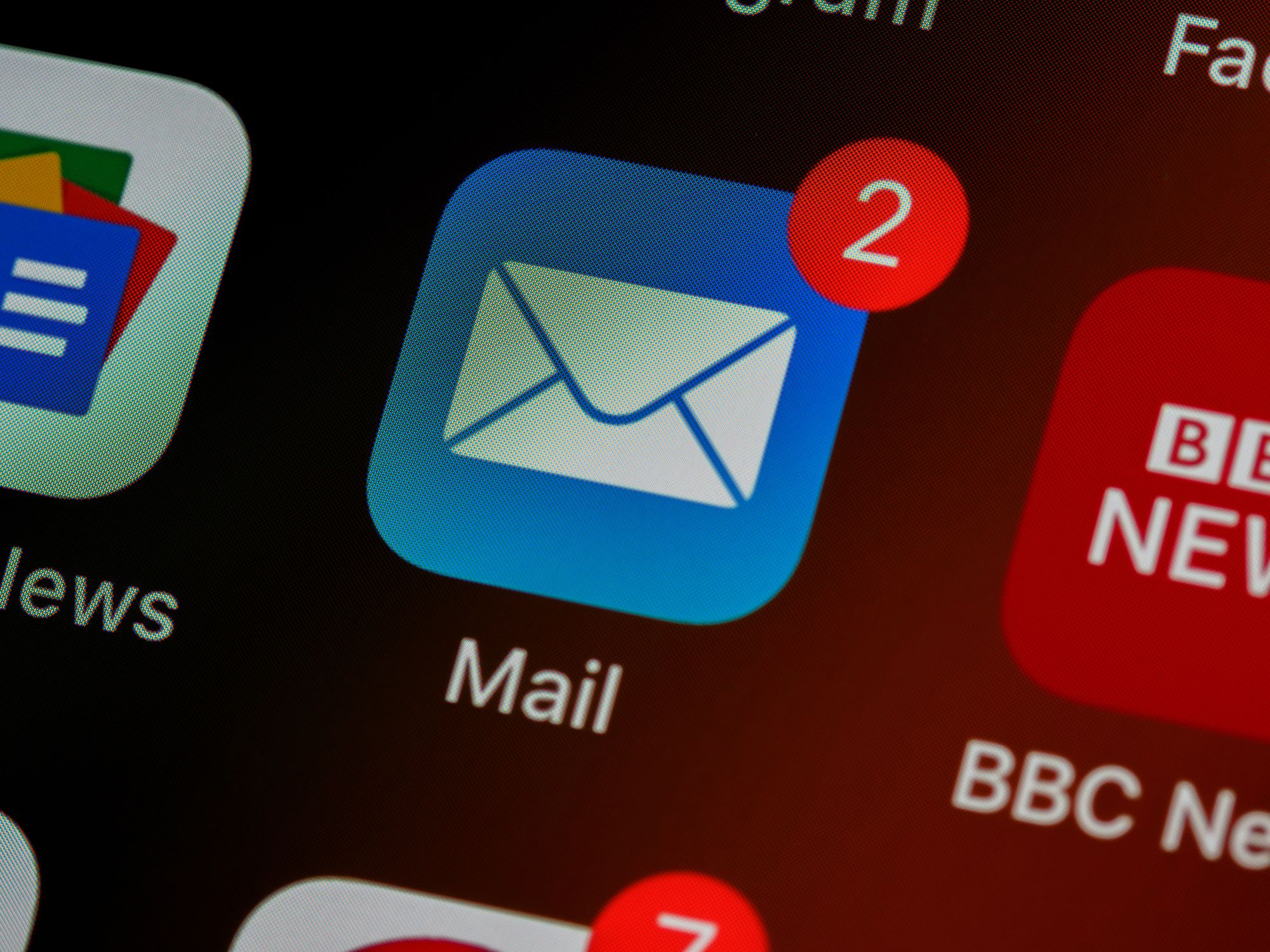In today's digital era, email marketing continues to be a powerful tool for businesses to engage with their customers and drive revenue. However, with inboxes flooded with countless promotional emails, achieving high email deliverability rates can be a challenge. That's where email deliverability best practices in Marketing Cloud come into play. By implementing these strategies, you can ensure that your emails reach the intended recipients and increase the chances of conversion. In this comprehensive guide, we will explore the top email deliverability best practices and address commonly asked questions to help you master this crucial aspect of your email marketing campaigns.
Build a High-Quality Subscriber List

Maintaining a clean and engaged subscriber list is the foundation of successful email deliverability. Start by using confirmed opt-in (COI) or double opt-in (DOI) methods to ensure that subscribers actively want to receive your emails. Regularly monitor your list for inactive or unengaged subscribers and remove them to maintain a healthy list. Implementing preference centers allows subscribers to choose the type and frequency of emails they receive, reducing the likelihood of them marking your messages as spam.
Authenticate Your Emails
Email authentication is a vital step in establishing trust with internet service providers (ISPs) and improving deliverability. Marketing Cloud provides several authentication methods such as Sender Policy Framework (SPF), DomainKeys Identified Mail (DKIM), and Domain-based Message Authentication, Reporting & Conformance (DMARC). Implementing these authentication protocols ensures that your emails are verified and reduces the risk of spoofing or phishing attacks. It also helps ISPs recognize your emails as legitimate and increases the chances of landing in the inbox.
Optimize Your Email Content and Design
Crafting compelling email content that resonates with your audience is crucial for engagement. However, certain content elements can trigger spam filters and adversely affect deliverability. Avoid using excessive capitalization, exclamation marks, or spammy language in your subject lines and body text. Balance your text-to-image ratio and use alt text for images to ensure a good user experience even when images are blocked. Additionally, optimize your email design for mobile devices as a significant portion of emails are now opened on smartphones and tablets.
Monitor and Analyze Deliverability Metrics
Regularly monitoring and analyzing your email deliverability metrics can provide valuable insights into the health of your campaigns. Key metrics to track include delivery rate, bounce rate, open rate, click-through rate, and unsubscribe rate. Marketing Cloud's reporting and analytics capabilities enable you to segment your data and identify trends or issues that may impact your deliverability. By identifying problem areas, you can take corrective measures and optimize your email campaigns for better performance.

Implement List Segmentation and Personalization

Segmenting your subscriber list based on demographics, preferences, or engagement history allows you to send targeted and relevant emails. Personalization goes beyond addressing the recipient by name; it involves tailoring the content and offers based on the individual's interests and behaviors. Leveraging Marketing Cloud's segmentation and personalization features enables you to deliver highly personalized emails, resulting in better engagement and improved deliverability.
Maintain a Consistent Sending Cadence
Consistency in your email sending cadence plays a significant role in email deliverability. Irregular or sporadic sending patterns can raise red flags for ISPs and affect inbox placement. Define a regular sending schedule based on your subscribers' preferences and set expectations by communicating the frequency and type of emails they will receive. Ensuring that your email volume aligns with your subscribers' expectations helps maintain a positive reputation and enhances deliverability.
Implement List Hygiene Practices
Maintaining list hygiene is essential to prevent deliverability issues caused by invalid or inactive email addresses. Regularly remove hard bounces, unsubscribe requests, and inactive subscribers from your list. Marketing Cloud provides automation capabilities to streamline this process, ensuring that your list remains up-to-date and free from problematic addresses. A clean and well-managed list contributes to better deliverability rates and helps you avoid being marked as spam.
Commonly Asked Questions:
Q1. What is email deliverability, and why is it important?
A1. Email deliverability refers to the ability of an email to reach the intended recipient's inbox without being flagged as spam or filtered out. It is crucial because if your emails don't reach the inbox, your marketing efforts go to waste. By following best practices, you can enhance your email deliverability and maximize the chances of engagement and conversion.
Q2. How can I improve my email deliverability in Marketing Cloud?
A2. Improving email deliverability in Marketing Cloud involves building a high-quality subscriber list, authenticating your emails, optimizing content and design, monitoring deliverability metrics, implementing list segmentation and personalization, maintaining a consistent sending cadence, and practicing list hygiene.
Q3. What are the common reasons for low email deliverability?
A3. Common reasons for low email deliverability include poor list hygiene, lack of email authentication, sending irrelevant or spammy content, inconsistent sending patterns, and subscriber complaints or spam reports.
Q4. How can I measure and track email deliverability?
A4. Marketing Cloud provides reporting and analytics capabilities to measure and track email deliverability metrics such as delivery rate, bounce rate, open rate, click-through rate, and unsubscribe rate. These metrics can help you identify areas for improvement and optimize your email campaigns.
Q5. Are there any tools or resources available to improve email deliverability in Marketing Cloud?
A5. Yes, Marketing Cloud offers a range of tools and resources to improve email deliverability. These include email authentication settings, segmentation and personalization features, automation capabilities for list hygiene, and comprehensive reporting and analytics to monitor deliverability metrics.
In conclusion, mastering email deliverability best practices in Marketing Cloud is essential for achieving successful email marketing campaigns. By implementing these strategies, you can enhance your chances of reaching the inbox, engaging with your audience, and driving desired actions. Remember to build a high-quality subscriber list, authenticate your emails, optimize content and design, monitor deliverability metrics, segment and personalize your emails, maintain a consistent sending cadence, and practice list hygiene. With these best practices in place, you can maximize the effectiveness of your email marketing efforts and achieve tangible results.

